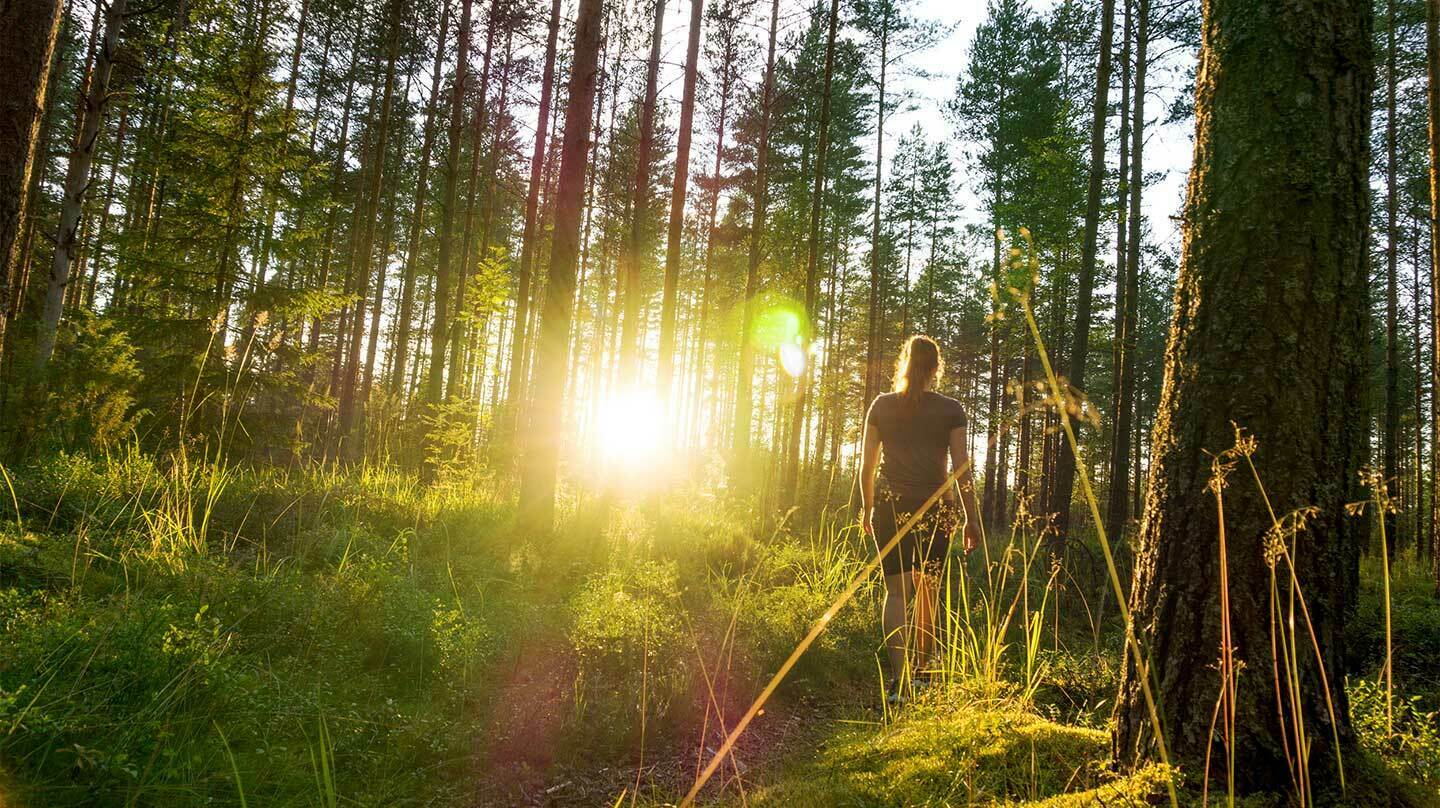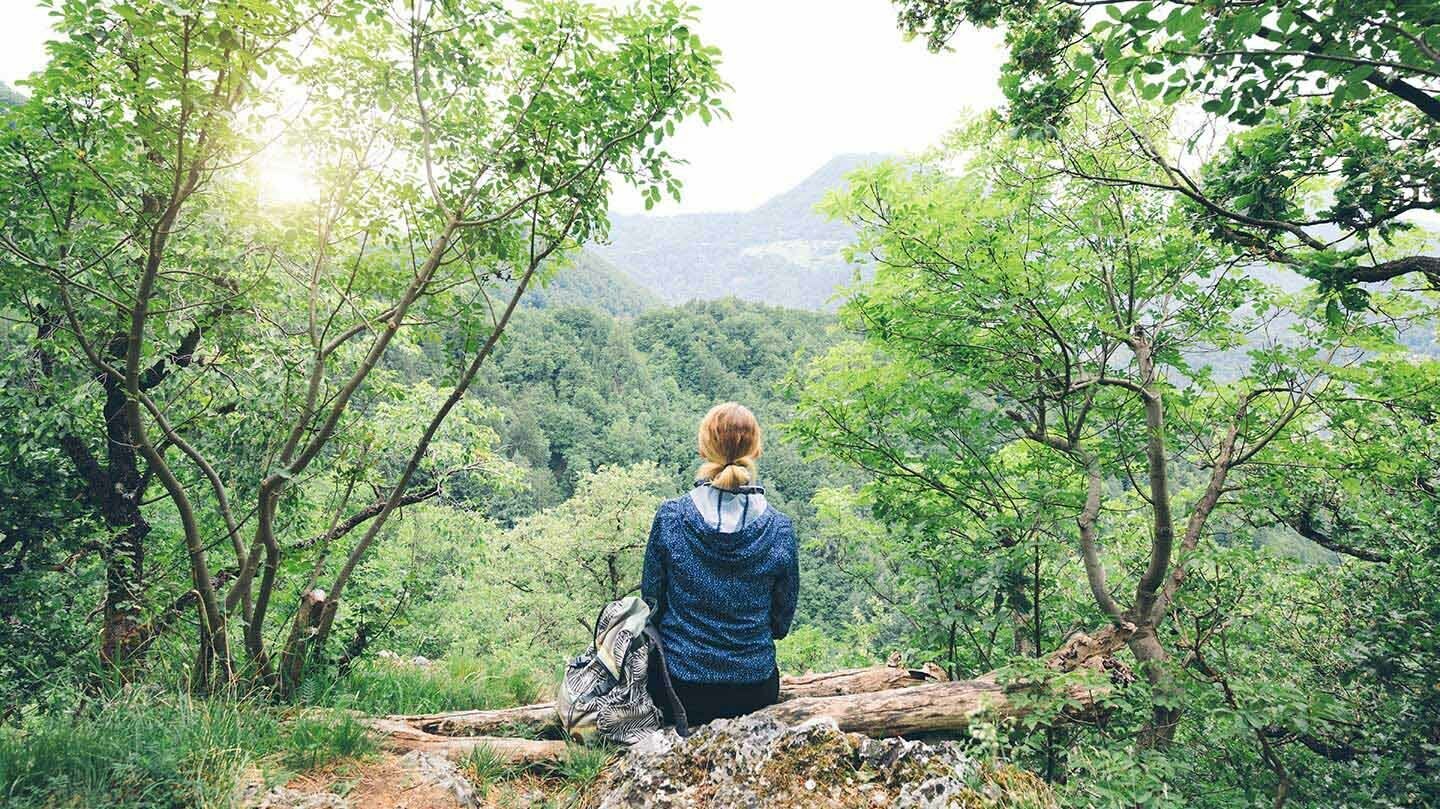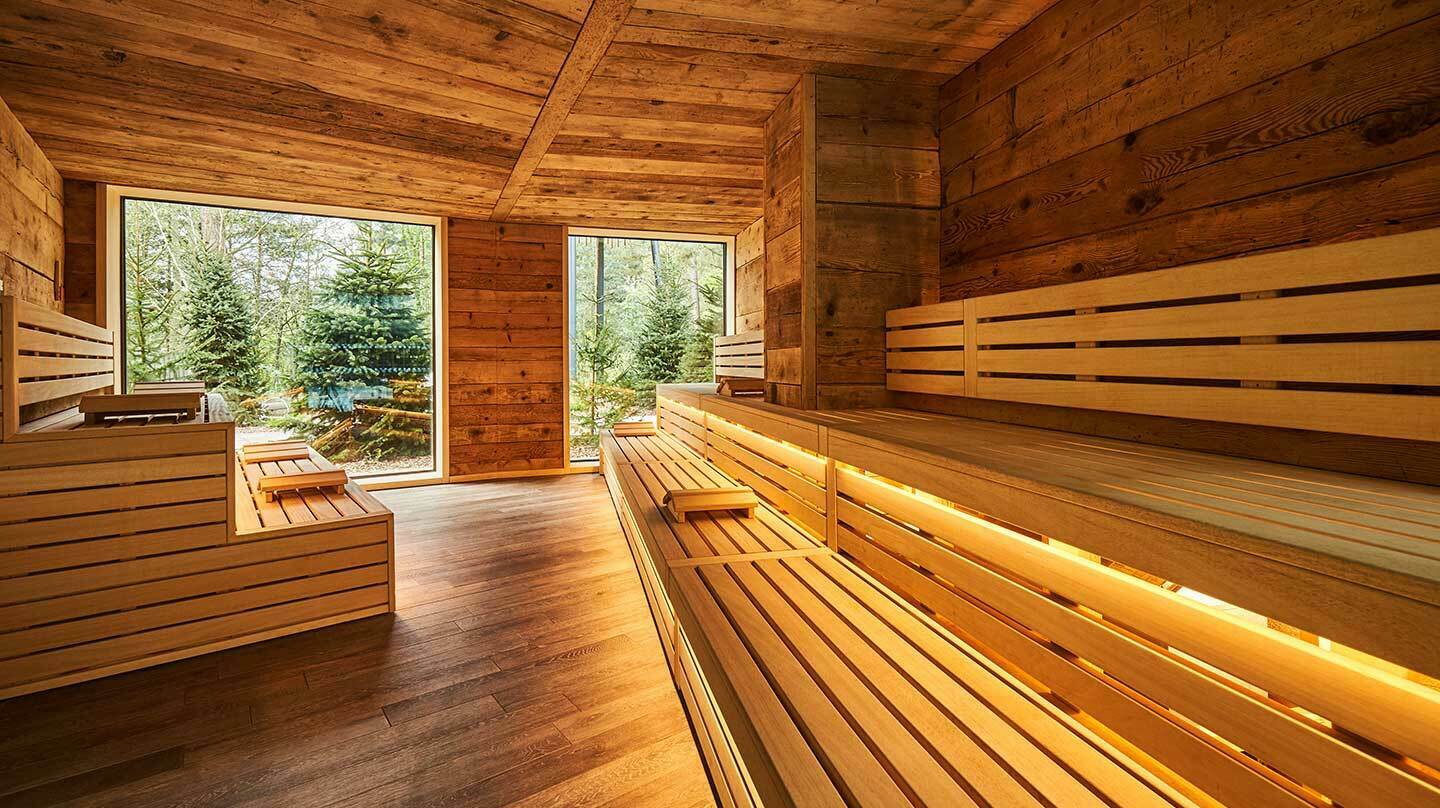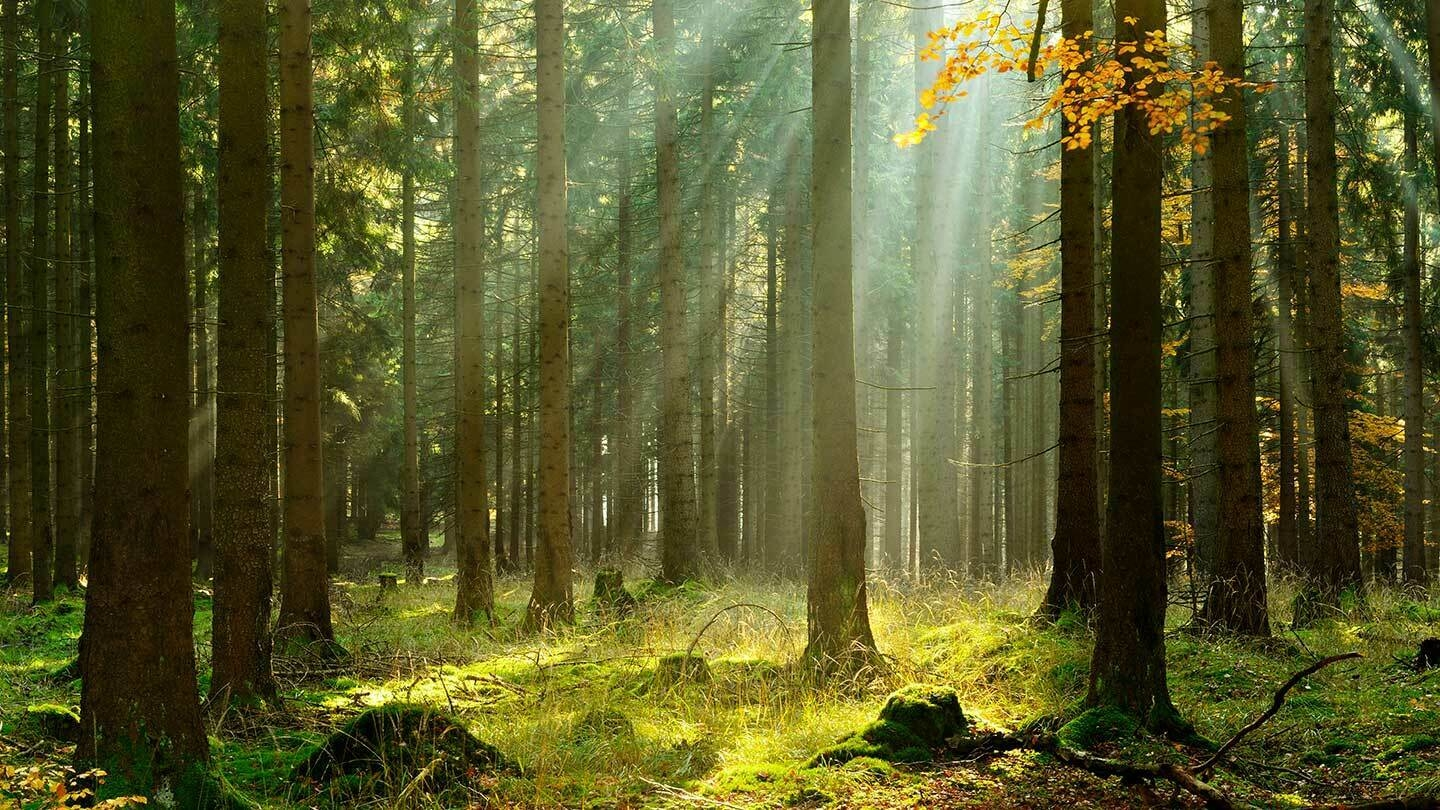We’ve long known that being in nature can soothe our minds, and that walking through the woods brings its own kind of peace. There’s something about the scent of earth, leaves and bark; the dappled sunlight, the contained silence -- so long as there aren’t too many dog walkers, joggers or fellow forest bathers to dent our calm.
But these days, you’re not simply going for a stroll - you are ‘Forest Bathing’.

First and foremost, Forest Bathing does not involve water or getting wet, not unless it is raining or there’s an idyllic spot for swimming en route. Thus, no need to wear a swimsuit; rather some comfy, loose clothing and light walking shoes. It is not to be confused with tree-hugging either, although this is perfectly acceptable if so inclined.
Forest Bathing is literally going for a walk among trees but in a mindful way, immersing fully in the forest atmosphere and taking it all in through our senses. It is not hiking or jogging or any form of exercise; it’s more a form of meditation with elements of aromatherapy that can be deeply therapeutic and beneficial to our health.
“Walking through trees to cool my heart and pain,” wrote author Robert Graves in his poem Not Dead.

Forest Bathing began in Japan, where it is called shinrin-yoku -- which literally translates as ‘forest-bath’. Japan has inordinately high levels of stress and is one of the most densely populated country’s in the world. It is also replete with sacred forests and has an ancient culture of healing through nature (apparently, staring at moss is the newest craze: don’t mock it until you have learned more about it).
In the 1980s, the Japanese government commissioned a vast amount of research and concluded that two hours of forest bathing could reduce cortisol levels and improve memory and concentration (more recent studies have shown that even 15 minutes will do). One report claims it lowers blood glucose levels among diabetes sufferers; another found that chemicals released by trees, phytoncides, could have an anti-microbial effect and boost our immune systems. Even newer studies have discovered that oils produced by the Kumano Kodo cedar tree can counter the symptoms of Alzheimer’s.
As a result, shinrin-yoku became part of the national health programme in Japan, but it is rising in popularity around the world, too. There is also a green element to forest bathing: we are living in a time when many of us are disconnected from the natural world -- by 2050, 66 percent of the world’s population is predicted to live in cities. Connecting with nature has never been more urgent; not just for our health but for the future of our planet.

1 – Find a suitable forest, or quite clutch of trees in a park: somewhere safe and not too busy.
2 - Leave your phone and camera at home. I know… but the aim is not to instabrag #forestbathing rather to experience it in the present moment. If you don’t feel safe, take a phone but keep it turned off. The point is to connect with nature so avoid all distractions if possible: if going with a friend or group, agree not to talk until the end of the walk.
3 – Have no goal or aim: allow extra time to get lost or meander aimlessly. Walk slowly -- it’s not a hike or a power walk.
4 – Pause from time to time to look closely at your surroundings -- study the patterns on a leaf or the bark on a tree. Watch and listen for signs of animals or birds.
5 – Sit down somewhere comfortable and simply notice what is going on around you. Then close your eyes and soak in the sounds, smells and sensations of the forest. Take off your shoes if you like.
6 – Take a moment before you leave the woods or forest to reflect on your experience and notice how you feel.

In Japan, there are designated Forest Bathing sites where ‘forest therapists’ will guide you along ancient pilgrim routes, stopping occasionally to meditate, stretch, massage your feet on stones and breathe deeply. You may also experience a massage, a healthy lunch and soothing music.
If you are visiting an Aqua Sana Spa in Center Parcs, you have beautiful forests on hand; you can enjoy a forest mediation immersion zone with a glass wall overlooking the forest, a treetop sauna and two open-air hot tubs at the Forest Spa at Aqua Sana Sherwood Forest (pictured.)
Forest Holidays run guided tours in Hampshire and Norfolk. If you really want to commune with nature book a day or retreat at the Forest Spa, which is based on the concept of forest bathing, and camp out in the wilds of the Malvern Hills (we love the sound of the Wild Beauty day retreat from £65).

Savant Spy
10th July 2018
Spy Likes:
Clever, inspiring design, sublime views, a vast, clean and empty pool, solitary relaxation areas to read, write or commune with my muse.
Spy Dislikes:
Small talk, discussions about spirituality or astrology, any products containing tea tree oil or aloe (sadly am allergic), busy pools where you can’t do laps.
